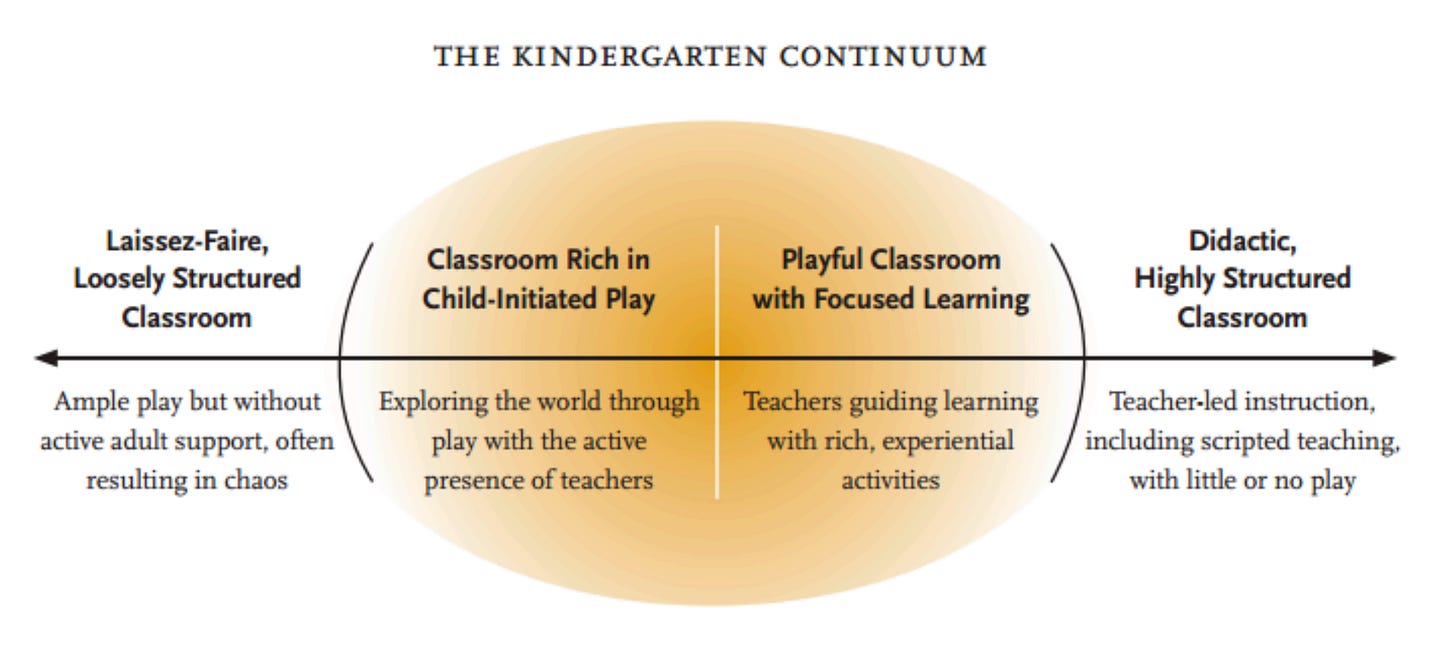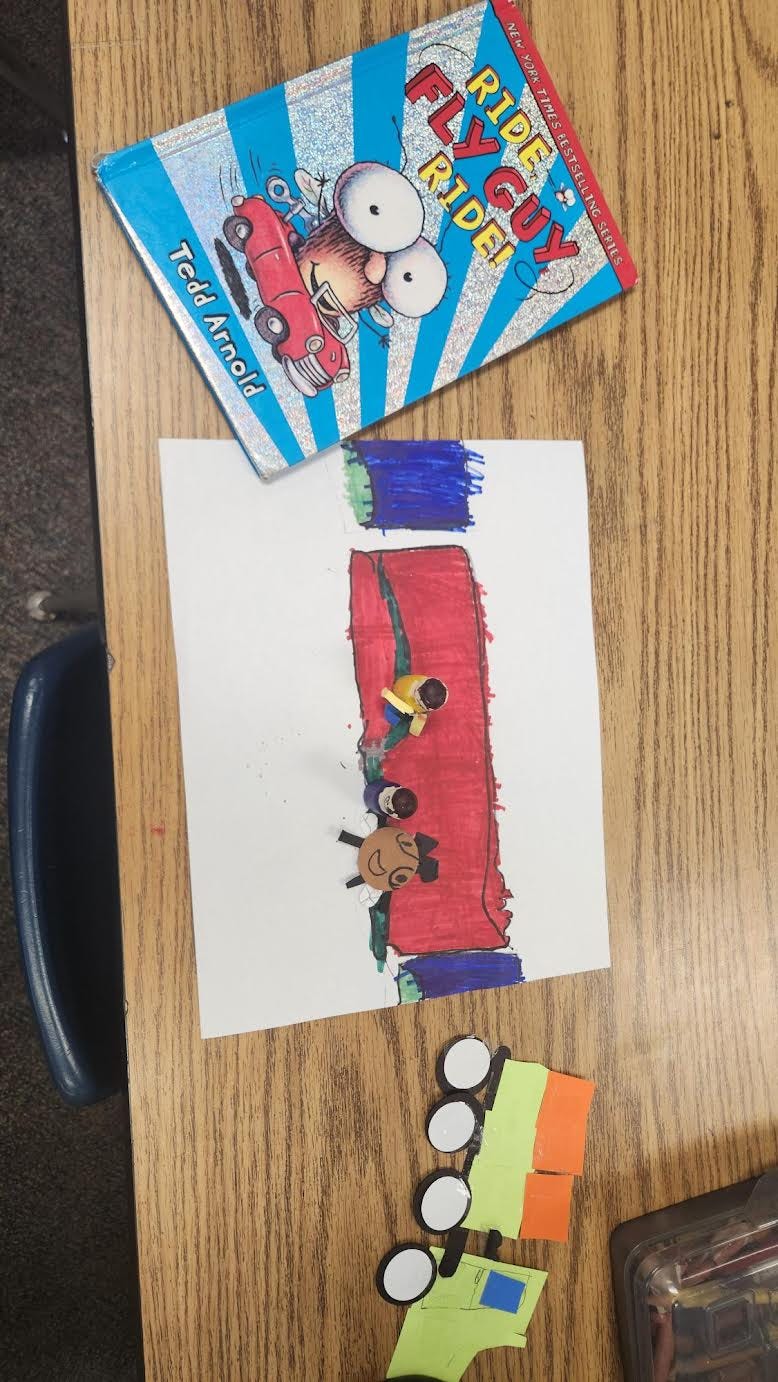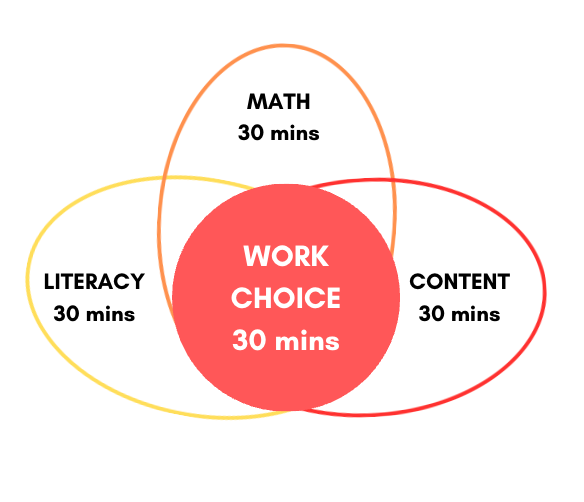Playful Reading Workshop
Janine's 1st graders deepen their thinking about their reading through the many languages of play
On Monday we shared a structure for how Work Choice, a time for play and exploration, could look in a classroom. Today, we’re sharing how one teacher took a first stab at weaving more play into her existing curriculum.
Janine teaches 1st grade in California. She and her team have been exploring a variety of opportunities for students to engage in playful instruction and learning. Janine created two units where students use play to deepen and demonstrate their learning as they read.
The Alliance For Childhood shares this graphic of a Kindergarten Continuum, but it really applies to all grades. Janine is taking a step to nudge the learning that’s happening in her classroom to be a bit more playful.
Janine started with crafting an inquiry question for each unit and then offered children a variety of materials to share their thinking and responses to the questions. She kept the materials open ended and watched closely to notice what the children were doing and to think about what she might invite them to do next.
Here’s more from Janine:
My first unit was non-fiction. The inquiry question we asked was "How do I find the answers to my questions while I am reading?" Students used Legos, brain flakes, and cubes to create a model of what they were learning or drew pictures to present to the class what they learned from their books.
Here are some images of work Janine’s students created:
My next unit was fiction and the question was "How do I convince others to read my book without spoiling the story?" Student used paper punches and peg people to create characters from their books and created a setting background using blank paper. For their presentation, they told us why we should read their book and then proceeded to act out one scene from the book.
By framing these units around a question and keeping the opportunities’ for children’s responses open-ended, Janine was able to incorporate so many different types of play, so many languages of communicating into her reading workshop: constructing, storytelling, acting.
One way of thinking about balancing direct instruction and play/inquiry is this: let’s say you need to teach 60 minutes of math, literacy, and content. Work choice incorporates all of those things. So you might teach 30 minutes as direct instruction in the subject area and then the rest of the time could be integrated into work choice- coaching children, pulling some small groups, and facilitating play and investigations. Authentic, curiosity-driven playful learning.
Thanks for sharing, Janine!! Do you have something you’ve tried and would like to share? Please reach out. We’d love to hear from you.










